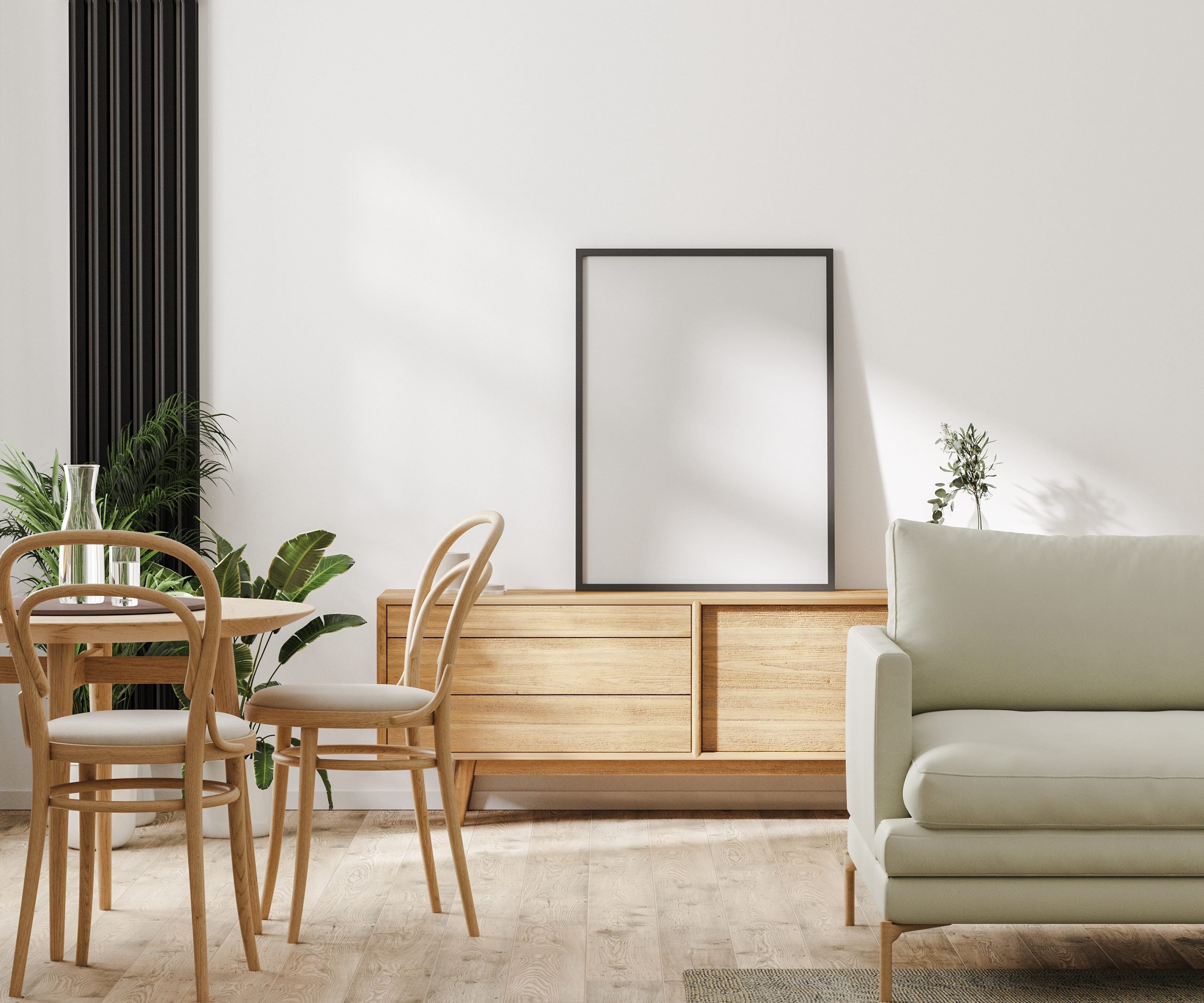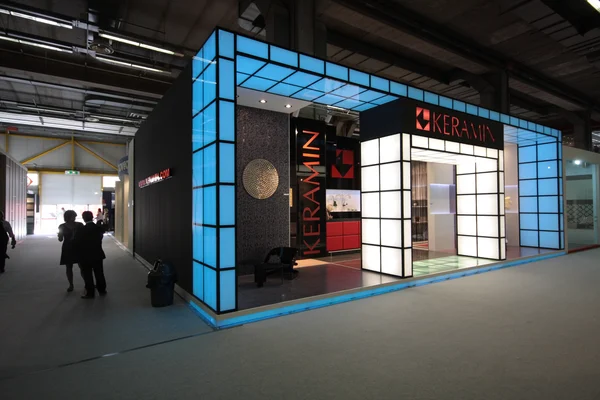How to master photo-realistic rendering for interior design

Table of Contents
Using computer software, photo-realistic rendering creates highly detailed, lifelike pictures of interior environments. Before delving into the complexities of learning this technique, it’s critical to first comprehend the fundamentals. Learn the characteristics and capabilities of popular rendering software such as Corona Renderer, Blender Cycles, and V-ray for SketchUp.
There are many aspects to look at regarding photo-realistic rendering.
High-Resolution 3D Models
A high-quality 3D model is the cornerstone of any realistic rendering. When developing or selecting your models, pay close attention to detail to ensure correctness in scale, texture and proportion. Many web platforms provide a profusion of pre-made 3D models; nevertheless, tweaking them to meet your design is critical for authenticity.
Lighting is Essential
Mastering lighting is one of the most important aspects of producing photorealistic renders. Grasp the basics of natural and artificial lighting and explore different light sources to achieve the desired effect. Take note of the color temperature of your lights, shadows, and reflections, as these aspects can have a significant effect on the realism of your renders.
Material Realism and Texture Mapping
Pay close attention to texture mapping and material realism to bring your interior concepts to life. To capture the minute details that contribute to a realistic image, use high-resolution textures for surfaces such as wood, metal, and fabric. To precisely imitate real-world materials, experiment with material qualities such as roughness, reflection, and transparency.
Composition and Framing
When it comes to setting up your scenes, think like a photographer. To develop visually appealing photos, consider composition, framing, and focal points. Experiment with various camera angles and viewpoints to find the best approach to exhibit your design. The detail in framing may transform your renderings from a plain representation to a work of beauty.
Post-Processing Approaches
While the rendering program is significant, the post-processing stage is equally important. To further enhance your renders, use picture editing software such as Adobe Photoshop. Increase the authenticity of your photographs by adjusting the contrast and adding subtle effects and color balance. Keep in mind that subtlety is frequently the key to a compelling result.
Experimentation and On-Going Learning
The field of photo-realistic rendering is constantly changing, with new techniques and tools appearing on a regular basis. Make time for ongoing learning and experimenting. To keep up with the newest trends and improvements in rendering technology, take online courses, read industry blogs, and engage in discussions.
Collaboration and Feedback
To gain constructive comments, share your renders with classmates, mentors, or online forums. Collaborate with other designers or 3D artists to acquire new perspectives and suggestions for improvement. Criticism from others might provide new views and assist you in identifying areas for improvement.
Persistence and Patience
Understanding photorealistic rendering is a quest that takes time and effort. Your rendering talents will not improve overnight. Accept the learning process, rejoice in tiny triumphs, and persevere in honing your trade.
Finally, developing photo-realistic rendering for interior design is a multifaceted activity that incorporates technical expertise with an artistic sense. Designers can improve the realism of their renderings by studying the fundamentals, investing in high-quality 3D models, mastering lighting, and constantly learning and researching. Interior designers can develop appealing visualizations that bring their creative dreams to life in the digital sphere with attention to detail, a great eye for composition, and a willingness to seek feedback.
Marketer Brief
In the fast-paced business of interior design, the ability to convincingly present your vision is critical to earning clients and bringing your creative ideas to reality. Photo-realistic rendering has developed as a useful tool for designers to successfully explain their notions. We will look at how to master photo-realistic rendering for interior design in this post, providing a comprehensive guide for designers wishing to improve their presentations.






